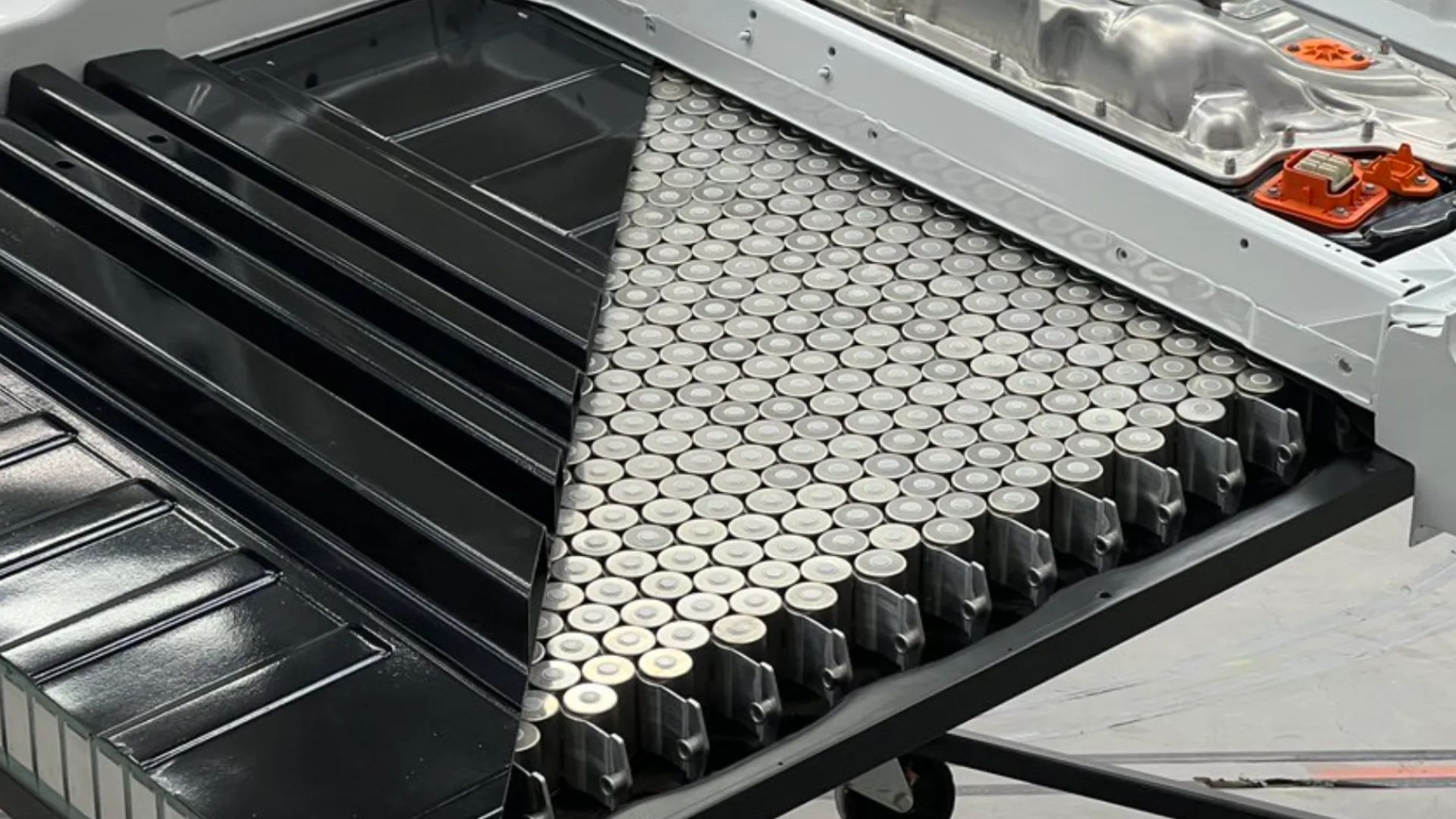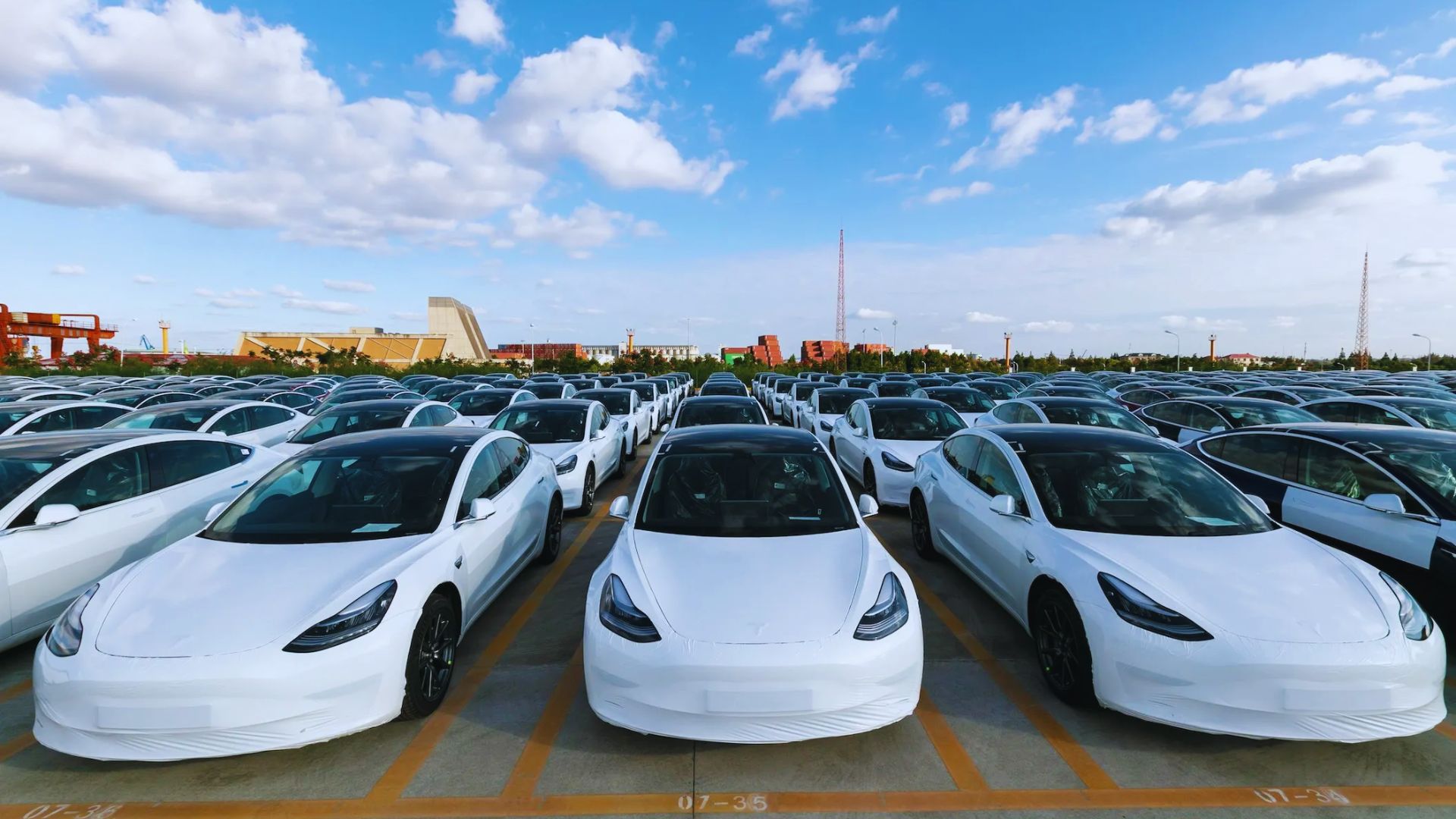Tesla‘s advancements in battery technology are setting new industry standards, reshaping energy storage solutions for a sustainable future.
Tesla, often recognized for its electric vehicles, is also at the forefront of battery technology innovation. As the global demand for sustainable energy solutions grows, the company’s research and development in energy storage have become pivotal. This article delves into Tesla’s contributions to battery technology, exploring the scientific advancements and real-world applications that are paving the way for a more sustainable future.
The Evolution of Tesla’s Battery Technology
Tesla’s journey began with the Roadster’s lithium-ion batteries, which were an assembly of commodity cells. Over the years, the company transitioned to custom cells, improving energy density and reducing costs. By 2020, Tesla’s Battery Day unveiled the 4680 cells, boasting five times the energy, six times the power, and a 16% range increase compared to their predecessors.
Real-Life Application: The Gigafactory
Tesla’s Gigafactory in Nevada serves as a testament to its battery ambitions. This facility, aiming to produce 35 GWh of batteries annually, is not just about quantity but also innovation. Here, Tesla introduced the “dry electrode” technology, eliminating the liquid solvent, which, as reported in a 2019 patent, can reduce costs and enhance battery performance.
Beyond Vehicles: Energy Storage Solutions
Tesla’s battery innovation isn’t confined to vehicles. The Powerwall and Powerpack, for instance, cater to home and commercial energy storage needs. In South Australia, the Hornsdale Power Reserve, equipped with Tesla’s batteries, showcases the potential on a grand scale. This installation, as per a 2020 audit, helped in grid stabilization and saved consumers over $150 million in its first two years.
Challenges and the Road Ahead
While Tesla’s innovations set industry benchmarks, challenges like raw material sourcing and recycling loom large. However, Tesla’s research into reducing cobalt usage and its battery recycling program at the Gigafactory indicate proactive steps towards sustainable solutions.
Conclusion
Tesla’s endeavors in battery technology signify more than just advancements; they represent a vision for sustainable energy. As the company continues to innovate, its influence on the energy storage industry becomes increasingly evident. While challenges persist, Tesla’s data-driven approach and real-world applications offer a promising glimpse into the future of energy storage solutions.




